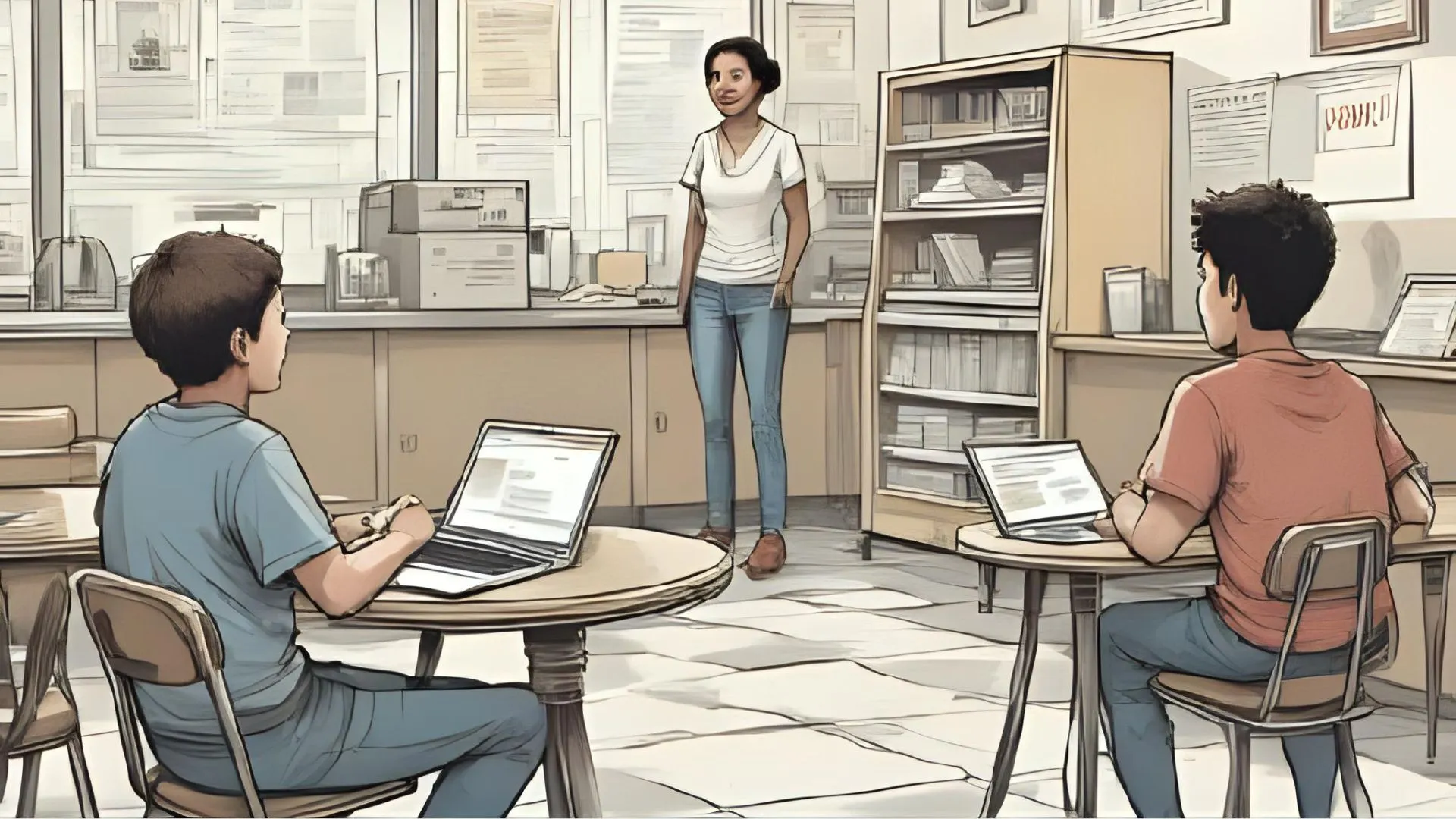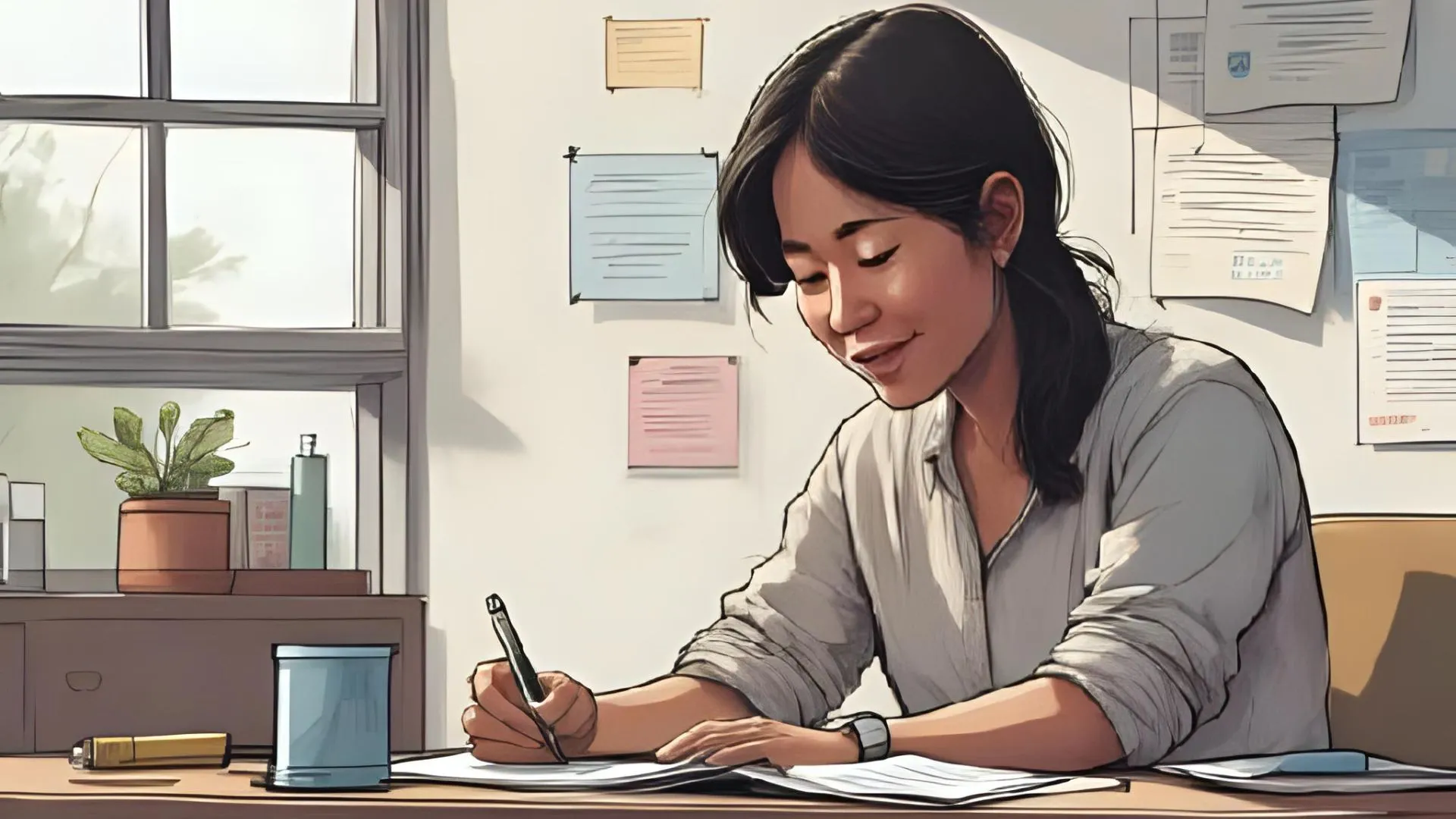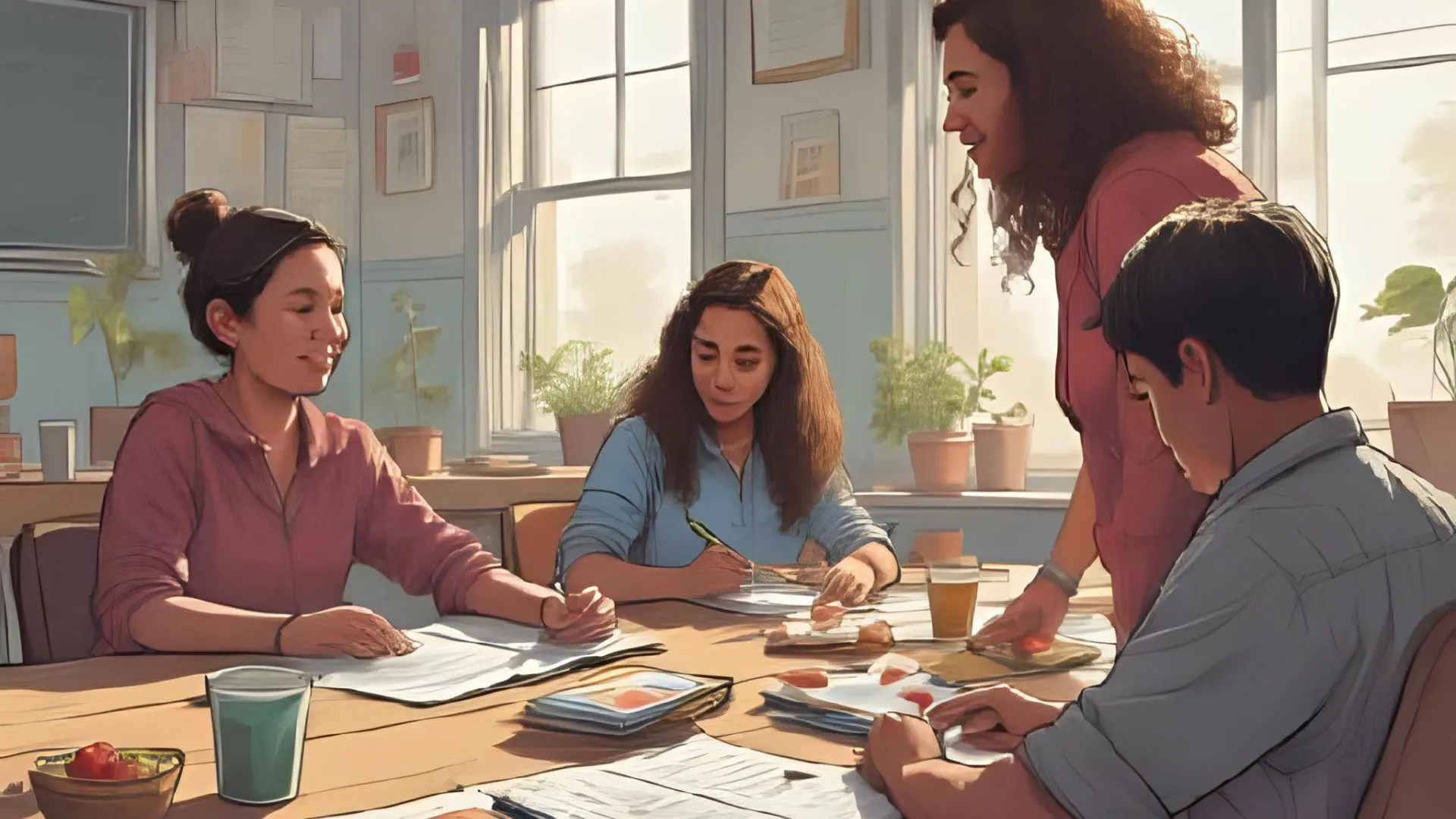From Surviving to Thriving: Teaching Self-Advocacy to Care-Experienced Young People

Here's the uncomfortable truth about the care system: We teach young people to be compliant, not confident.
Think about it. From the moment children enter care, they're told when to wake up, what to eat, where to go, who to see. Decisions are made about them, rarely with them. They learn to follow instructions, not to question them.
Then at 18, we suddenly expect them to advocate for themselves with landlords, employers, benefits agencies, and healthcare providers.
Is it any wonder so many struggle?
At G&K Care Services, self-advocacy isn't something we bolt on at the end. It's woven through every element of our Charting Your Path programme from day one. Here's how—and why it works.
What Self-Advocacy Actually Means

Let's define it clearly, because "self-advocacy" can sound abstract:
Self-advocacy is the ability to:
● Identify and articulate your own needs
● Understand your rights in different situations
● Communicate those needs and rights clearly to others
● Navigate systems and processes to get those needs met
● Persist when facing barriers or resistance
For care-experienced young people—particularly those with autism, ADHD, learning disabilities, or attachment issues—each of these skills requires explicit teaching and repeated practice.
Why Traditional Approaches Fail

The "fake it till you make it" model:
Most services expect young people to develop self-advocacy through osmosis. As if watching others advocate will magically transfer the skill.
It doesn't work. Here's why:
- Confidence deficit: Years in care often erode self-esteem. Young people don't feel entitled to advocate because they don't feel worthy.
- Knowledge gap: You can't advocate for rights you don't know you have.
- Skills deficit: Even knowing what to say, many lack practice in assertive (not aggressive) communication.
- Fear of consequences: Past experiences teach them that "speaking up" leads to punishment or abandonment.
The Charting Your Path Approach: Building Advocates, Not Compliance

1. Start With Identity and Worth
Before teaching advocacy skills, we address the foundational belief: You are worthy of being heard.
Our workbook includes "My Cultural Identity" and "My Strengths" exercises that help young people recognize their inherent value. We explore:
● What makes them unique
● Times they've overcome challenges
● People who believe in them
● Cultural heritage and identity
Why this matters: Self-advocacy requires self-worth. You can't teach someone to stand up for themselves if they fundamentally believe they don't deserve to be stood up for.

2. Knowledge = Power
We systematically teach young people their rights in key areas:
● Housing rights: What landlords can and cannot do, deposit protection, notice periods
● Employment rights: Minimum wage, safe working conditions, discrimination protections
● Healthcare rights: Accessing GP services, mental health support, consent
● Benefits entitlements: What they're entitled to and how to claim it
● Educational rights: Support for care leavers in further/higher education
This isn't a boring lecture. We use real scenarios, role-plays, and our workbook activities like "My Rights in Different Situations."
Example activity from our programme:
Scenario: Your landlord wants to enter your flat without notice.
Questions:
● What are your rights in this situation?
● How would you communicate your position?
● What would you do if they insisted?
● Who could support you?
3. The Language of Advocacy

Many young people swing between two extremes: passive acceptance or aggressive confrontation. Neither is effective advocacy.
We teach the assertive communication formula:
"I feel [emotion] when [situation] because [reason]. I need [specific request]."
Examples:
❌ Passive: "Um, it's fine, I guess..." (when it's not fine)
❌ Aggressive: "You lot never listen! This is ridiculous!" (valid frustration, poor delivery)
✅ Assertive: "I feel frustrated when my concerns aren't addressed because it makes me feel like my voice doesn't matter. I need us to find a time when we can properly discuss this."
Practice makes competent:
In our supported accommodation, we create safe spaces to practice:
● Role-playing difficult conversations
● Preparing for meetings (job interviews, housing viewings, benefits assessments)
● Scripting and rehearsing assertive responses
● Debriefing after real advocacy attempts
4. Building the Support Network

Self-advocacy doesn't mean going it alone. It means knowing when and how to access support.
Our "My Support Network Map" activity helps young people identify:
● Emotional support: Who can I talk to when struggling?
● Practical support: Who can help with tasks or accompany me?
● Informational support: Who knows about housing/jobs/benefits?
● Advocacy support: Who can speak up with me when needed?
This is particularly crucial for young people with learning disabilities or autism, who may need advocacy allies for complex situations.
5. Graduated Independence

We don't throw young people in the deep end. Advocacy skills are built progressively:
Stage 1: Key worker advocates while young person observes Example: Phone call to housing benefit, with young person listening
Stage 2: Collaborative advocacy Example: Young person makes the call with key worker present for support
Stage 3: Supported independence Example: Young person makes the call alone, debriefs with key worker after
Stage 4: Full independence Example: Young person handles situation independently, optional check-in
Each young person moves through these stages at their own pace. For a young person with attachment issues who fears abandonment, rushing to Stage 4 triggers anxiety and regression. We meet them where they are.
Real-World Impact

Jasmine (not her real name) came to our CQC-registered accommodation with personal care at 18. She had moderate learning disabilities and a history of being dismissed by professionals.
In her first housing benefits meeting, she sat silently while her key worker did all the talking.
Six months into our programme, she attended a review meeting and opened with: "I'd like to start by telling you what's working well and where I need more support."
That's not a small thing. That's transformation.
The Bottom Line for Commissioners

When placing young people with complex needs, ask potential providers:
● How do you teach self-advocacy skills?
● What specific activities or curriculum do you use?
● How do you adjust your approach for young people with learning disabilities or autism?
● Can you show me examples of young people's progression?
Services that can't answer these questions aren't equipped for successful transitions.
G&K Care Services offers both placements and training in advocacy-focused practice. Our Charting Your Path programme provides the structure and resources to build genuine self-advocacy skills.
📞 Contact us about current vacancies or training
🔗 https://gandkcareservices.com
Coming next week: "Cultural Identity in Care: Why It Matters and How to Support It"
